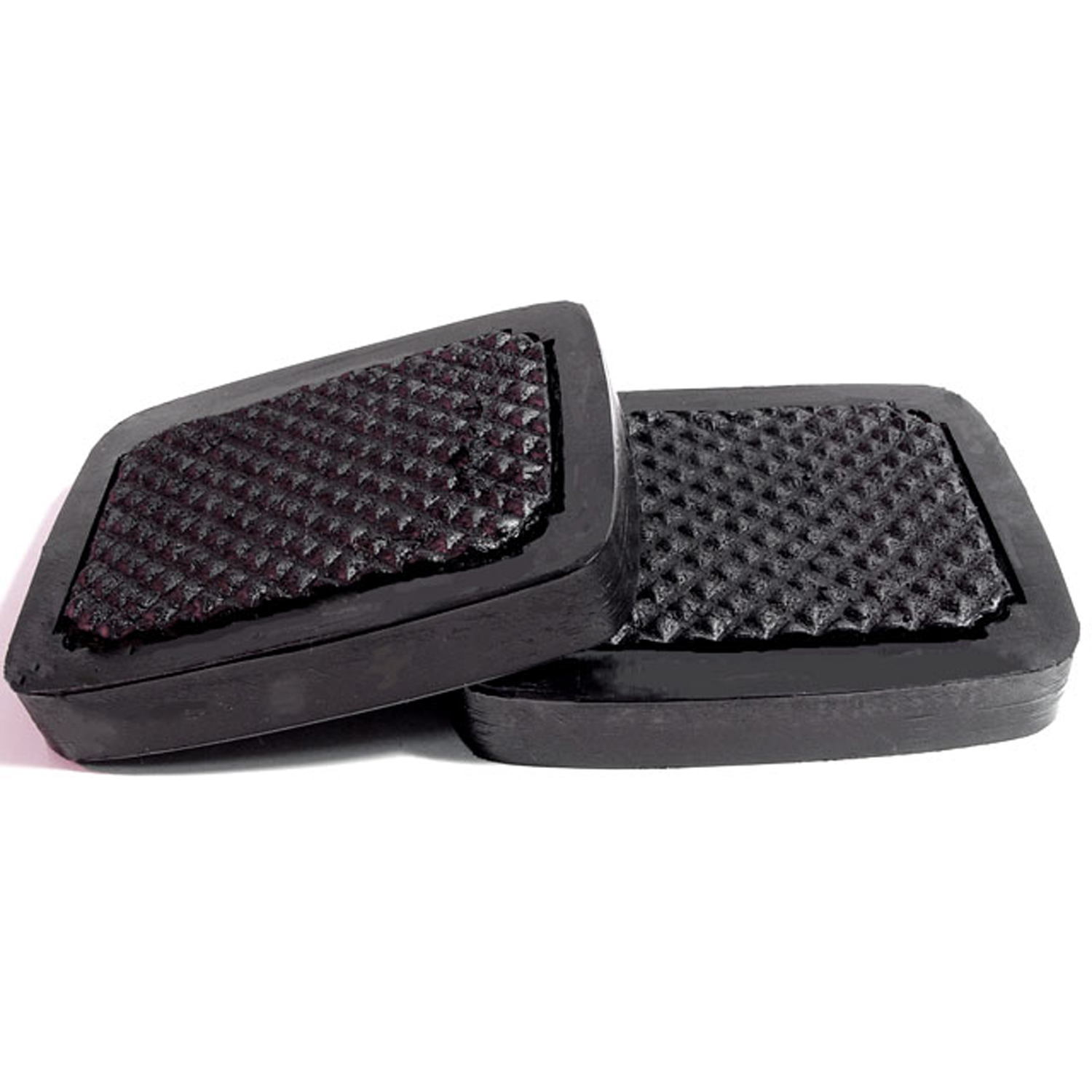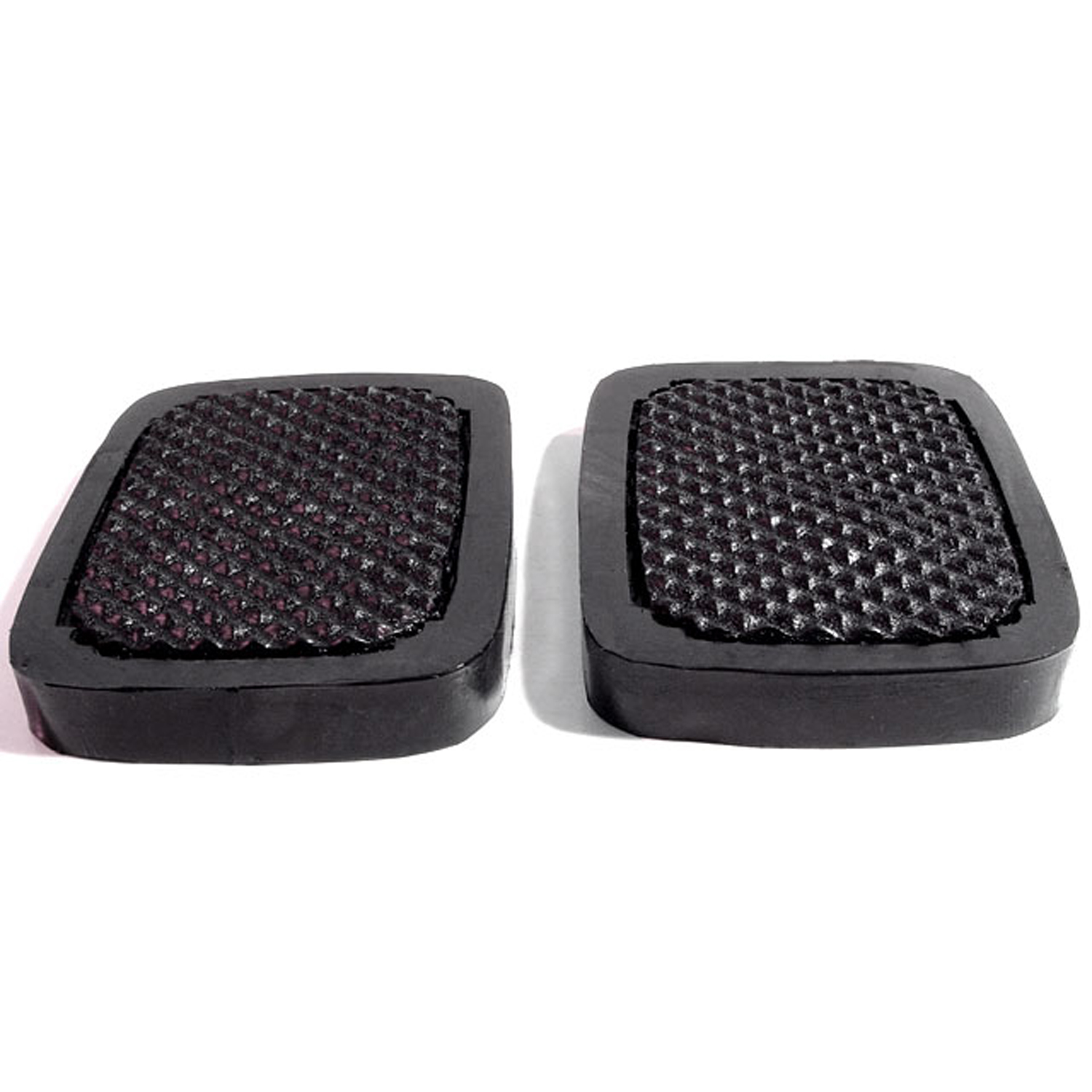Image of 1913 Buick Model 30, sourced from www.flickr.com , Image Link.
Performance Metrics
Fundamental Metrics
Emotional Appeal
MMP Rating
| Engine Specifications | |
|---|---|
| Engine: | 4-cylinder, in-line |
| Displacement: | 5.2 liters |
| Horsepower: | Estimated 30-40 HP |
| Torque: | Not available |
| Compression Ratio: | Not available |
| Ignition System: | Magneto ignition system |
| Cooling System: | Water-cooled |
| Performance Specifications | |
| 0-60 Time: | Not available |
| 1/4 Mile Time: | Not available |
| Top Speed: | 40-50 mph |
| Transmission and Drive | |
| Drive Type: | Rear-wheel drive |
| Transmission Type: | 3-speed manual |
| Fuel and Efficiency | |
| Fuel System Type: | Carburetor |
| MPG: | Not available |
| Dimensions and Brakes | |
| Brakes: | Mechanical drum brakes |
| Wheelbase: | 120 inches |
| Weight: | Estimated 1,800 lbs |
Note: Specifications for classic cars are given to the best of our ability, considering the limited and variant data available.
Unveiling the 1913 Buick Model 30: A Pioneer of Luxury and Reliability
The dawn of the automotive era brought forth a myriad of innovations, but few have stood the test of time like the 1913 Buick Model 30. This venerable vehicle emerged from the burgeoning American automotive industry, crafted by a manufacturer that would become synonymous with reliability and luxury. The Buick Motor Company, founded by David Dunbar Buick, was already carving its niche in the annals of automotive history when it introduced the Model 30. This car not only embodied the spirit of early motoring adventures but also showcased a unique blend of style and technology that was ahead of its time. One notable moment in its history is when a Model 30 traversed from coast to coast, cementing Buick's reputation for endurance.
Design and Innovation: A Glimpse into Early Automotive Elegance
The exterior of the 1913 Buick Model 30 was a sight to behold, with its sweeping curves and brass accents that gleamed under the sun. Its open-top design invited onlookers to admire the craftsmanship that went into every detail, from the iconic radiator grille to the spoke wheels that whispered tales of bygone elegance. Inside, passengers were treated to an interior that prioritized comfort with high-quality leather seats and polished wood trimmings—a luxury in those days. Technologically, the Model 30 was equipped with features that were revolutionary for its time. It boasted an overhead valve engine, which was a rarity among its contemporaries and offered improved efficiency and performance. Color options were limited during this era, but Buick's deep blue and classic black remained popular choices among discerning buyers. The Model 30 came in several body styles, including touring and roadster versions, with the five-passenger touring car being particularly iconic for its balance of practicality and style.
Historical Significance: Setting Standards for Future Generations
The impact of the 1913 Buick Model 30 on automotive design cannot be overstated. It set benchmarks for performance and reliability that competitors strived to emulate. The vehicle's overhead valve engine became a staple in future designs and is considered one of Buick's most significant contributions to automotive engineering. This model stood out from its peers not only because of its technological advancements but also due to Buick's commitment to quality at every level. The Model 30's lasting influence is evident in how it shaped consumer expectations for what a luxury vehicle should offer.
Performance and Handling: The Thrill of Early Motoring
In terms of performance, the 1913 Buick Model 30 was no slouch. It could reach top speeds that were impressive for its time—though by modern standards they may seem modest—and provided an acceleration experience filled with anticipation as each gear was engaged. Handling was a visceral affair; drivers felt connected to every nuance of the road through the steering wheel, experiencing both its challenges and charms. Driving a Model 30 was about more than just getting from point A to B; it was about enjoying the symphony of mechanical components working in harmony—the rhythmic chugging of the engine and the wind rushing past as you cruised along country roads.
Ownership Experience: More Than Just a Means of Transport
Owners of the 1913 Buick Model 30 typically enjoyed their vehicles in various capacities—from daily transportation to weekend jaunts or even as showpieces in parades. Its robust construction meant reliability was one less concern, although maintenance required more hands-on attention than today's cars. Ease of repair varied depending on one's mechanical aptitude; however, Buick's network provided support for owners seeking assistance with their cherished automobiles.
Fun Facts: The Legacy Lives On
The Model 30 has its share of trivia that continues to fascinate enthusiasts. For instance, some units were owned by prominent figures of the time, adding to their mystique. While not known for breaking speed records, it held records in reliability and endurance runs—a testament to Buick's engineering prowess. Despite common criticisms such as its less-than-modern speed capabilities or manual crank start system, these aspects are now viewed with nostalgia rather than inconvenience.
Collector's Information: A Treasure Worth Pursuing
Today, acquiring a 1913 Buick Model 30 can be akin to finding hidden treasure. Production numbers were limited even at their time of manufacture; thus, remaining models are quite rare. As for value range, pristine examples can fetch significant sums at auction—often well into six figures—reflecting their desirability among collectors. The market trend for these vehicles has generally been appreciative over time due to their historical importance and scarcity.
Conclusion: Celebrating an Automotive Icon
The journey through the life and legacy of the 1913 Buick Model 30 reveals a vehicle that was much more than just transportation; it was an embodiment of innovation, luxury, and reliability at a time when motoring itself was still in its infancy. As we reflect on this pioneering automobile's contributions to automotive history, we recognize how it paved the way for future advancements while leaving an indelible mark on car culture—a true classic in every sense.
1913 Buick Model 30 Catalog of Parts
 1913 Buick MODEL 30 Clutch and Brake Pedal Pads. 2-3/4" wide X 3-3/8" long-CB 12Clutch and Brake Pedal Pads. 2-3/4" wide X 3-3/8" long. Pair
1913 Buick MODEL 30 Clutch and Brake Pedal Pads. 2-3/4" wide X 3-3/8" long-CB 12Clutch and Brake Pedal Pads. 2-3/4" wide X 3-3/8" long. Pair 1913 Buick MODEL 30 Clutch and Brake Pedal Pads. 2-3/4" wide X 3-3/4" long-CB 13Clutch and Brake Pedal Pads. 2-3/4" wide X 3-3/4" long. Pair
1913 Buick MODEL 30 Clutch and Brake Pedal Pads. 2-3/4" wide X 3-3/4" long-CB 13Clutch and Brake Pedal Pads. 2-3/4" wide X 3-3/4" long. PairWhy Choose Metro?
For over 100 years, Metro Moulded Parts has been the pinnacle of quality in classic car restoration parts. Our commitment to precision and authenticity in every component ensures a perfect fit and an OEM-level appearance.
- Expert Craftsmanship & Quality: Each part is a testament to our dedication to reliability and perfection, crafted from original designs and thoroughly tested.
- Advanced Technology: We use cutting-edge techniques to create flawless, long-lasting parts that surpass others in performance.
- SuperSoft Sponge – The Ultimate Door Seal: Not only are our door seals 30% softer than competitors', but they're also guaranteed to never leak. They effectively reduce wind and road noise, enhancing your classic car's comfort and driving experience.
- Proudly American: Our parts are a product of American craftsmanship, made in the USA with a spirit of excellence and heritage.
- Unrivaled Warranty: We back our products with a 30-year industry-leading warranty, a testament to our confidence in their quality.
Join us in preserving the legacy of classic cars with parts that are crafted for perfection, not just made.

